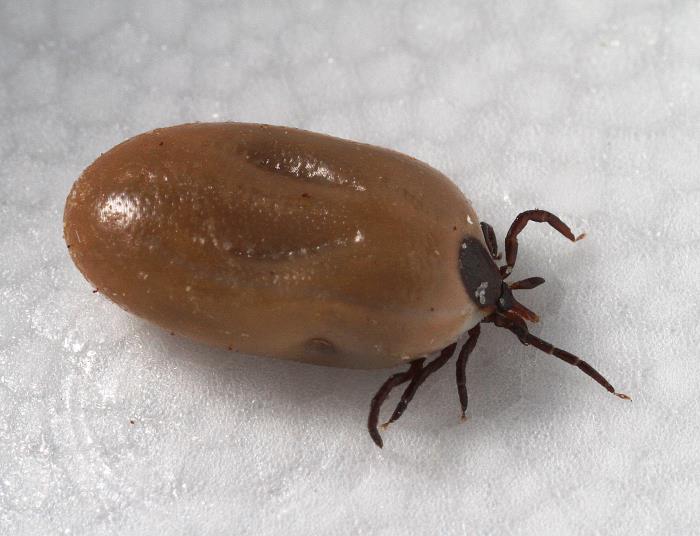The number of cases of the tickborne bacterial infection, anaplasmosis, are up significantly in the state of Maine, according to data from the state’s Centers for Disease Control (CDC).
Through Aug. 18, the Maine CDC has reported 228 anaplasmosis cases. This compares to 186 cases in all of 2015. More than half the cases have been reported from the Mid Coast region, mostly in Knox and Lincoln counties.

The Maine CDC is also reporting 49 cases of the tickborne parasitic infection, babesiosis, through mid-August. This compares to 55 cases reported all of last year.
In addition, health officials have reported 11 co-infections — four co-infections with anaplasmosis and Lyme disease, two co-infections with babesiosis and Lyme disease and five co-infections with anaplasmosis and babesiosis.
The Maine CDC says current data for Lyme disease is not available; however, the US Centers for Disease Control and Prevention has reported a cumulative total through Aug 20 of 479 Lyme disease cases in Maine.
The organism that causes this disease is called Anaplasma phagocytophilum. It is an intracellular pathogen that is part of the Rickettsia (the same group of bacteria that cause Rocky Mountain spotted fever amongst other diseases) family.
Formerly known as human granulocytic ehrlichiosis, and as the former name of the disease implies, it’s aninfection of the white blood cells.
People get this infection through the bite of an infected tick. Depending on the part of the United States you are, the tick species is different: the eastern part of the country is the black-legged tick, Ixodes scapularis, and in the western part of the country, Ixodes pacificus, is usually involved. These are deer ticks that are also involved in the transmission of Lyme disease.
After a period of a couple of days to a few weeks, most people infected with Anaplasma show influenza- like symptoms (fever, malaise, headache, nausea, vomiting, diarrhea and respiratory symptoms such as a cough).Symptoms tend to be more severe in those that are immunosuppressed and the elderly.
The case fatality rate (i.e. the proportion of anaplasmosis patients that reportedly died as a result of infection) has remained low, at less than 1%.
Because A. phagocytophilum infects the white blood cells and circulates in the blood stream, this pathogen may pose a risk to be transmitted through blood transfusions. Anaplasma phagocytophilum has been shown to survive for more than a week in refrigerated blood.
Doxycycline is the first line treatment for adults and children of all ages and should be initiated immediately whenever anaplasmosis is suspected.
Related:


2 thoughts on “Anaplasmosis seen in increased numbers in Maine this year”